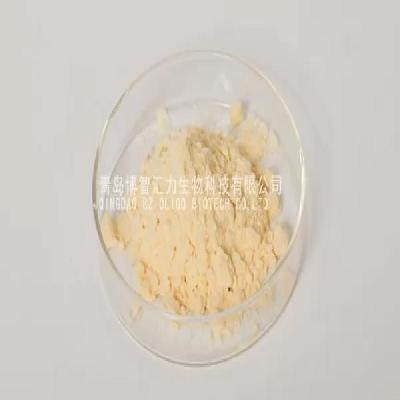-
Categories
-
Pharmaceutical Intermediates
-
Active Pharmaceutical Ingredients
-
Food Additives
- Industrial Coatings
- Agrochemicals
- Dyes and Pigments
- Surfactant
- Flavors and Fragrances
- Chemical Reagents
- Catalyst and Auxiliary
- Natural Products
- Inorganic Chemistry
-
Organic Chemistry
-
Biochemical Engineering
- Analytical Chemistry
-
Cosmetic Ingredient
- Water Treatment Chemical
-
Pharmaceutical Intermediates
Promotion
ECHEMI Mall
Wholesale
Weekly Price
Exhibition
News
-
Trade Service
PetroChina's marine shallow geological survey, analysis and evaluation technology has made another technological breakthrough
.
It is reported that this technology is developed by the Engineering Technology Research Institute of PetroChina Offshore Engineering Company, which is expected to greatly improve the safety capability and risk prevention level of offshore oil and gas development operations, and fill the technical gap
of PetroChina in this field.
At present, PetroChina has formed the operation capacity
of offshore oil engineering within a water depth of 120 meters.
In the operating seabed, there are often special strata and disaster geology
such as weak interlayers, uneven strata, buried paleochannels, seabed landslides, and shallow high-pressure gas.
In order to avoid risks, single-factor evaluation technology is usually used at home and abroad, that is, the geological stability of engineering is evaluated
by the acoustic properties of the substrate.
After two years of technical research, the Engineering Research Institute of PetroChina Offshore Engineering Corporation proposed an engineering geological survey analysis and impact evaluation method from multiple factors such as comprehensive engineering geological environment, bottom acoustic characteristics, high-resolution geological stratification, and soil mechanical properties, that is, shallow engineering geological survey analysis and evaluation technology, which has the characteristics of high resolution, deep penetration, high efficiency and low cost, and can effectively penetrate the seabed strata up to 200 meters deep.
Strata with a thickness of 0.
2 meters were distinguished, high-resolution engineering geological profiles were obtained on site, formation structure and properties were determined, engineering hazard geology was identified, and the stratigraphic structure and disaster geological distribution in the shallow and middle and deep seabed in the survey area were comprehensively detected, so as to reduce the number of engineering geological boreholes and improve the investigation efficiency
.
PetroChina's marine shallow geological survey, analysis and evaluation technology has made another technological breakthrough
.
It is reported that this technology is developed by the Engineering Technology Research Institute of PetroChina Offshore Engineering Company, which is expected to greatly improve the safety capability and risk prevention level of offshore oil and gas development operations, and fill the technical gap
of PetroChina in this field.
At present, PetroChina has formed the operation capacity
of offshore oil engineering within a water depth of 120 meters.
In the operating seabed, there are often special strata and disaster geology
such as weak interlayers, uneven strata, buried paleochannels, seabed landslides, and shallow high-pressure gas.
In order to avoid risks, single-factor evaluation technology is usually used at home and abroad, that is, the geological stability of engineering is evaluated
by the acoustic properties of the substrate.
After two years of technical research, the Engineering Research Institute of PetroChina Offshore Engineering Corporation proposed an engineering geological survey analysis and impact evaluation method from multiple factors such as comprehensive engineering geological environment, bottom acoustic characteristics, high-resolution geological stratification, and soil mechanical properties, that is, shallow engineering geological survey analysis and evaluation technology, which has the characteristics of high resolution, deep penetration, high efficiency and low cost, and can effectively penetrate the seabed strata up to 200 meters deep.
Strata with a thickness of 0.
2 meters were distinguished, high-resolution engineering geological profiles were obtained on site, formation structure and properties were determined, engineering hazard geology was identified, and the stratigraphic structure and disaster geological distribution in the shallow and middle and deep seabed in the survey area were comprehensively detected, so as to reduce the number of engineering geological boreholes and improve the investigation efficiency
.







